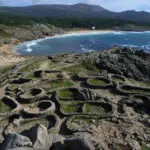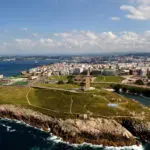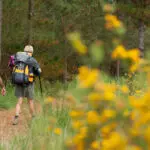Setting out on the Camino de Santiago promises a transformative journey, and the first day of the trek sets the tone for the adventure ahead. This initial stretch is both exhilarating and challenging as you cross the Pyrenees, a natural gateway into Spain.
Spain, second only to Switzerland as Europe’s most mountainous country, offers dramatic landscapes and breathtaking views during this portion of the Camino. While the climb is steep, the rewards are immense: clear skies reveal soaring eagles overhead, and the panoramic vistas inspire pilgrims to press on.
Here’s a detailed look at the two route options for crossing the Pyrenees and what awaits you on the other side. (If you’d like our expert assistance during your journey, consider booking one of our Camino Walking Tours.)
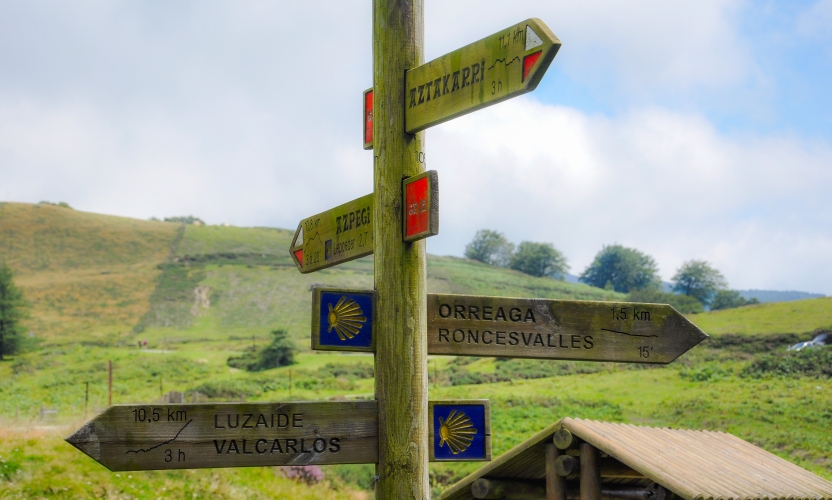
The Napoleon Route: A Beautiful Test of Endurance
The Napoleon Route is a favourite among pilgrims for its stunning scenery and rewarding nature; it’s challenging, but that means it’s also all the more satisfying when you stop to take in the immense beauty of your surroundings. This path starts in St. Jean Pied de Port, the gateway town for many Camino walkers, and stretches 25 km (15 miles) with a formidable ascent of over 1,000 m (3,280 ft).
Some Highlights of the Napoleon Route:
Destination Roncesvalles: Hardy pilgrims can complete the entire stage in one day, reaching the historic hamlet of Roncesvalles. Known for its medieval monastery and pilgrim hospital, Roncesvalles offers a serene and spiritual resting spot.
The Auberge d’Orisson: This cosy mountain refuge, located about 8 km into the climb, offers a warm welcome, hearty meals, and shared dormitory accommodations. Booking in advance is essential due to its popularity.
The Summit’s View: Clear days unveil expansive views of the Pyrenees, making the effort worthwhile. Keep an eye out for eagles soaring above you.
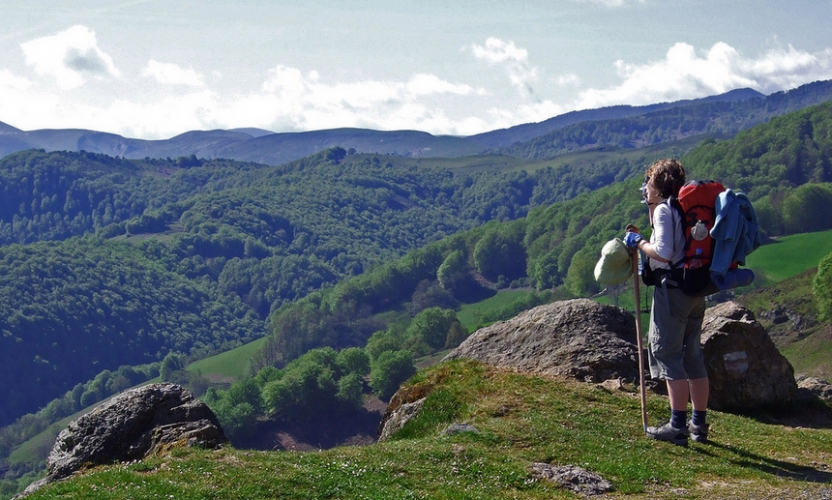
The Valcarlos Route
For those seeking a slightly easier route, the Valcarlos Route offers a gentler, though still challenging, climb through picturesque mountain villages.
Some Key Features of the Valcarlos Route:
Final Stretch to Roncesvalles: Both routes converge at the Puerta de Ibañeta, from where a 2-km walk leads to Roncesvalles.
Valcarlos Village: This charming mountain village is an ideal spot to break the journey into two manageable stages. Accommodations include rural hotels and guesthouses, and facilities are more abundant compared to the Napoleon Route.
Beech Forests and Wildlife: The route winds through lush forests, offering a tranquil setting. Listen for the songs of native birds and enjoy the natural beauty of the area.
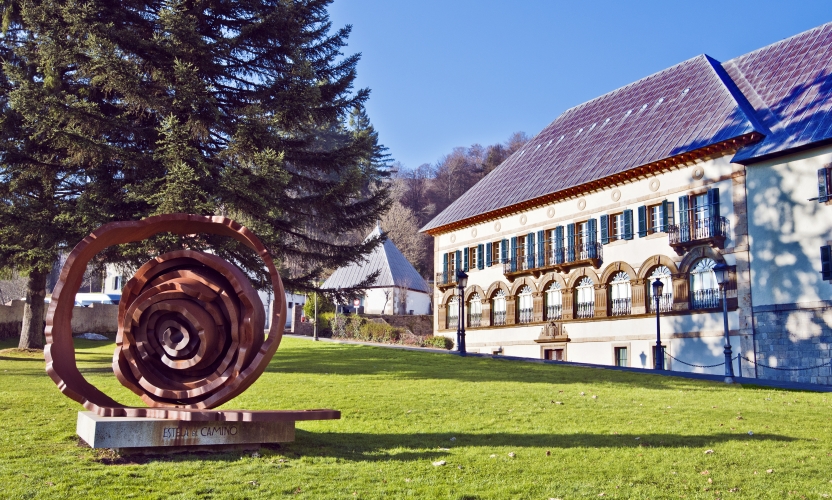
Reaching Roncesvalles…
Roncesvalles is not only a critical milestone but also a place rich with fascinating history. The atmosphere in this hamlet is reflective and communal, with facilities catering specifically to pilgrims. Whether you stay in the historic monastery or a modern hostel, the rest and camaraderie here rejuvenate you for the journey ahead.
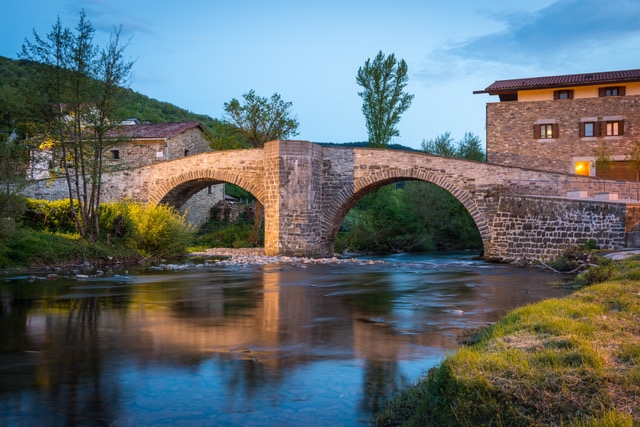
Entering Navarra and La Rioja
As you descend the Spanish side of the Pyrenees, the landscape changes dramatically. You’ll enter Navarra, a region of rolling farmland and ancient traditions, before entering La Rioja, known for its world-class vineyards.
What You Can Expect:
The Rio Ebro: This river nourishes the fertile lands of La Rioja, often referred to as the “kitchen garden of northern Spain.”
Natural Corridor: The Camino follows a picturesque path between the Sierra de la Demanda to the south and the Sierra de Cantabria to the north. The undulating terrain and vineyards create a striking contrast to the rugged Pyrenees.
Feeling excited to set out on your Camino? The adventure of a lifetime awaits! If you’re still planning your trip, be sure to explore our full selection of Camino Walking Tours. If you have any questions, don’t hesitate to get in touch.

